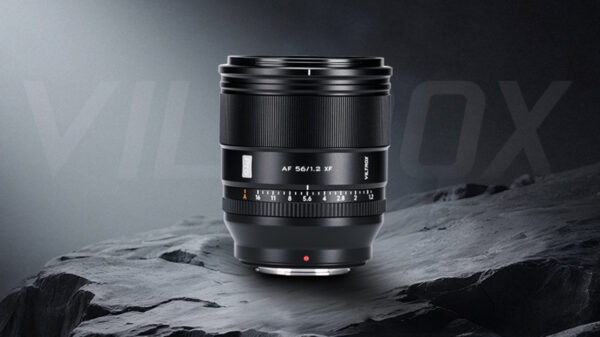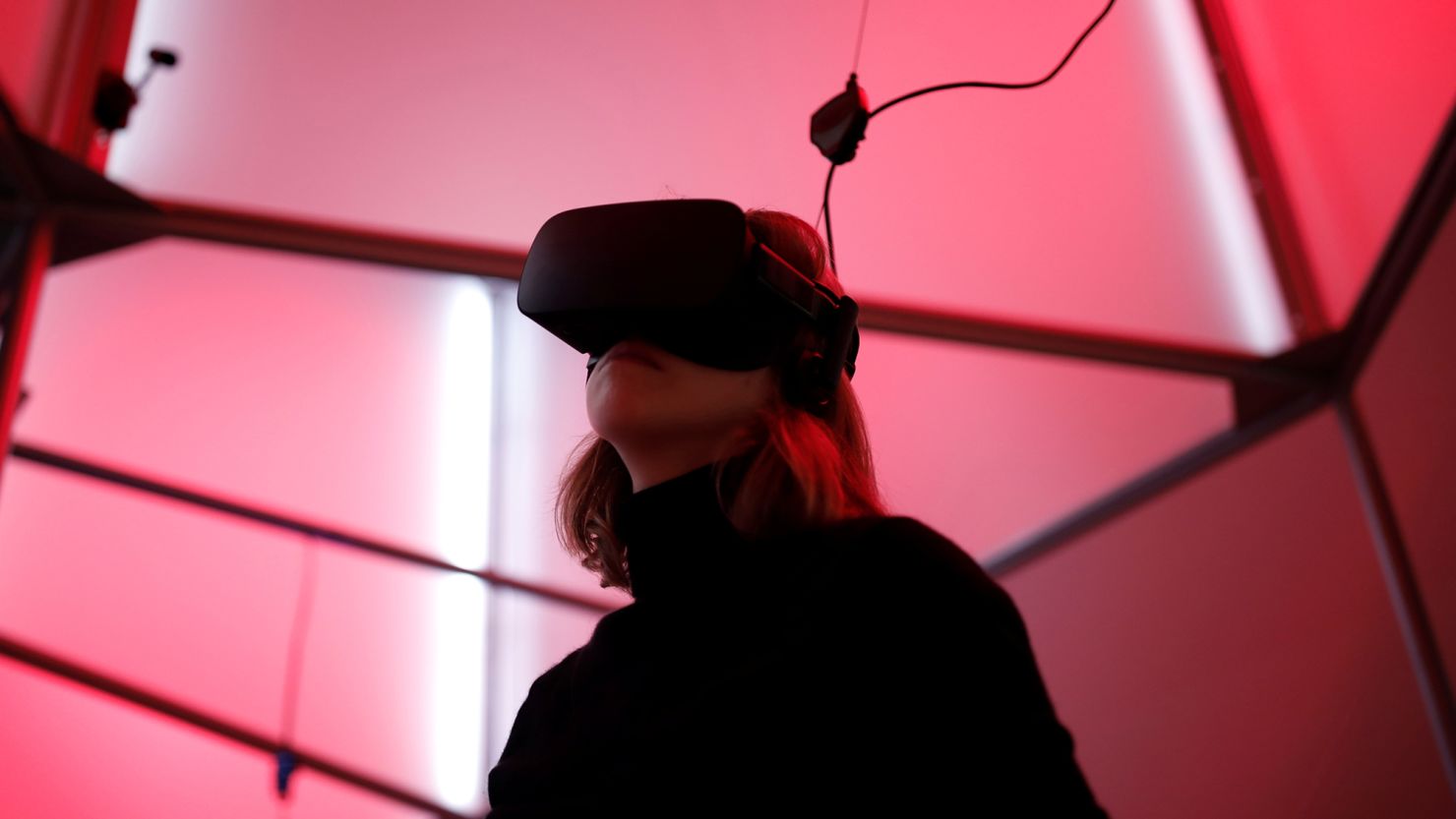Virtual reality (VR) is on the brink of a significant transformation in the entertainment industry, with major tech companies renewing their commitment to immersive experiences. Following the initial excitement surrounding the launch of the Oculus Rift a decade ago, the industry has faced challenges in achieving mainstream adoption. However, recent developments suggest that the long-awaited revolution may finally be approaching.
In recent months, Meta has been engaged in discussions with various entertainment companies, including Disney and A24, to produce new content tailored for its Quest VR headsets. This follows Apple’s announcement in June regarding an update to its Vision Pro headset, which will allow users to share content across multiple devices—an ideal feature for experiencing films together in three dimensions. Earlier this year, Apple also debuted an immersive concert featuring Metallica, underscoring its commitment to expanding the VR entertainment landscape.
The renewed optimism stems from a cycle of technological advancements and evolving content strategies. Over the last decade, headset manufacturers have developed lighter, more powerful devices, while companies are increasingly recognizing the value of immersive storytelling. In June, Meta offered virtual tickets to watch Stanley Cup games, continuing a trend of virtual sports experiences that echoes previous initiatives in the NBA and WNBA. Despite this progress, the industry continues to grapple with a chicken-and-egg paradox: a lack of premium content hampers mass adoption, while mass adoption is necessary to attract quality content.
Sarah Malkin, director of entertainment content for Meta’s Reality Labs, believes that the moment for VR is already unfolding. “I think the ‘it moment’ is when you are regularly engaging in experiences in mixed reality that are super complementary and part of your integrated life,” she stated. Global shipments of augmented reality (AR) and VR headsets increased by approximately 10% in 2024, reaching 7.5 million units worldwide, according to IDC, a market intelligence firm. Despite a projected decline in shipments for this year, IDC anticipates a recovery in 2026, predicting a 98.5% increase to 11.3 million units.
Despite the promise, results have not always met expectations. Meta’s ambitious Metaverse project has incurred losses of $46 billion over three years, with its Reality Labs division reporting an operating loss of $4.2 billion and just $412 million in sales in the first quarter of 2025. Nevertheless, major players are continuing to invest in VR technology. Meta has invested $3.5 billion in eyewear manufacturer EssilorLuxottica SA to support its augmented reality efforts, while Snap plans to launch new AR spectacles next year. Google is also collaborating with partners to develop headsets running on its new Android XR software.
As the industry moves forward, there is a growing recognition of the need for innovative and exclusive content to drive user engagement. Jenna Seiden, an industry consultant, emphasizes that traditional content strategies will not suffice for immersive platforms. “You can’t just take the flat version of what you put on Disney+ or Netflix and just throw that up,” she explained. Instead, media companies must create content that is tailored to the unique capabilities of VR, much like the successful strategies employed by platforms like HBO Max and Apple TV+.
For the entertainment industry, the emergence of VR could not come at a more opportune moment. As the media landscape continues to fracture, driven by the rise of streaming services and the decline of traditional cable, VR offers a potential new revenue stream. Jack Davis, co-founder of CryptTV, noted that as structural changes occur in television and film, the industry will need to explore new formats to engage audiences effectively.
Despite the excitement, challenges remain. Investment in VR has lagged behind other technologies, such as self-driving cars and artificial intelligence. Funding data from Crunchbase indicates that XR investments peaked at $4.087 billion in 2021 but fell to $347.69 million by 2025. In contrast, AI funding surged from $39.96 billion in 2019 to $105.36 billion by 2025. Bertrand Nepveu, a partner at Triptyq Capital, suggests that the tide is turning, with renewed interest in XR as the potential of AI becomes clearer.
Despite the hurdles, tech giants must convince consumers that VR devices are worth the investment. Apple has positioned the Vision Pro as a spatial computing tool, emphasizing its applications in work and productivity, rather than solely for entertainment. While the timeline for VR’s breakout moment remains uncertain—with predictions ranging from one to ten years—industry leaders believe the potential for transformative content is significant.
As the technology continues to evolve, immersive experiences could soon feel as essential to media consumption as color films did in their time. Paul Raphaël, co-founder of Felix & Paul, envisions a future where 2-D content might seem outdated, with immersive storytelling taking center stage. “If a film isn’t immersive, it doesn’t lose its value, but it becomes something of another era,” he remarked.
The path to VR’s mainstream acceptance is fraught with challenges, but the momentum generated by leading tech firms and innovative content creators suggests that the entertainment revolution may be just around the corner.







































































